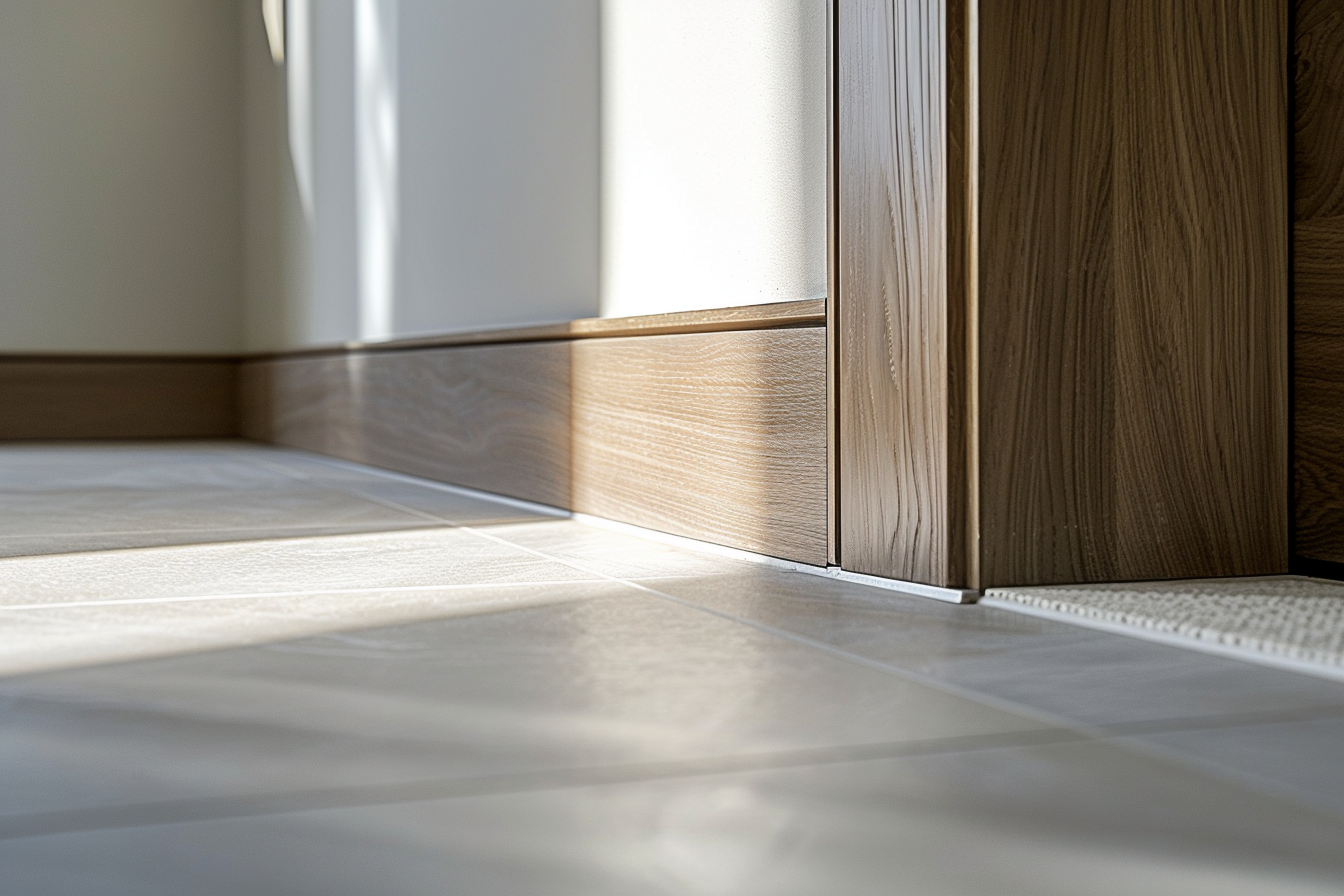Detailing Interior Spaces

1. Introduction
Interior detailing is a cornerstone of architectural practice, transforming broad design concepts into tangible, livable environments. While many architecture graduates understand space planning and design language, the art of detailing—specifically how interior elements meet, transition, and finish—often receives less focus in academic settings. Yet, this aspect plays a significant role in user experience, durability, and construction feasibility. Understanding interior transitions, junctions, and finishing elements bridges the gap between concept and construction. These details influence both aesthetics and performance, determining whether a design is executed with elegance and practicality or plagued with awkward, unresolved terminations. This article explores the fundamentals and advanced considerations of detailing interior spaces, focusing on real-world applications and guidance that recent graduates can immediately apply.
2. The Role of Detailing in Interior Architecture
What is Interior Detailing?
Interior detailing refers to the precise specification, coordination, and design of how materials, surfaces, fixtures, and architectural elements meet. This includes:
- Floor-to-wall junctions
- Ceiling transitions
- Door and window trims
- Baseboards and cornices
- Thresholds
- Corner and edge treatments
- Material termination strategies
These elements contribute not only to visual coherence but also to technical soundness, safety, and maintenance ease.
Pro Tip: Inconsistent or unresolved details are often the first thing noticed by clients and end users. Proper detailing is what separates high-end projects from mediocre ones.
3. Understanding Transitions: Where Materials Meet
Horizontal and Vertical Transitions
Transitions occur wherever two different materials or levels intersect. The goal is to ensure these junctions are clean, durable, and aligned with the design intent.
- Floor-to-Wall: Can include baseboards, shadow gaps, or flush detailing depending on the aesthetic goal.
- Wall-to-Ceiling: Options range from crown moldings to concealed trims.
- Material Changes: Managing transitions between tile and wood or carpet and concrete requires proper edge protection and visual continuity.
Pro Tip: Always check the thickness of materials when planning transitions to avoid awkward level changes that require shims or ramps.
4. Junctions: Corners, Edges, and Openings
Defining Common Interior Junctions
Junctions are critical areas where different planes meet (e.g., wall-to-wall corners, floor-to-wall junctions) or where openings like doors and windows interrupt surfaces. Types of junctions:
- Internal and external corners
- Door frames and architraves
- Window reveals and sills
Each junction type demands careful consideration to accommodate:
- Structural tolerances
- Material expansion/contraction
- Accessibility and safety
- Cleanability
Pro Tip: Use reveals and recesses to reduce visual clutter in minimalist interiors. A flush shadow gap around door frames, for example, can eliminate the need for visible trim.
5. Finishing Elements: From Function to Aesthetic
Finishing elements ensure that junctions and transitions are not only functional but visually pleasing. Key components:
- Baseboards and skirtings
- Crown moldings and ceiling trims
- Casings and architraves
- Thresholds and nosings
Their role:
- Concealing imperfections and movement gaps
- Protecting vulnerable edges
- Enhancing stylistic themes (e.g., classical vs. minimalist)
Material choices must balance:
- Aesthetic compatibility
- Durability and maintenance
- Budget constraints
6. Environmental and Contextual Considerations
Interior detailing must adapt to project-specific constraints:
- Climate: Expansion joints are more critical in regions with high humidity or temperature variation.
- Urban vs. Rural: Noise insulation detailing is more relevant in dense urban areas.
- Budget: Cost-effective detailing using off-the-shelf trims may be necessary for low-cost housing.
- Scale: Detailing in a boutique hotel differs drastically from a hospital due to different performance and aesthetic priorities.
Pro Tip: In humid climates, avoid MDF baseboards unless sealed properly.
Opt for PVC or treated hardwoods instead.
7. Case Studies
Case Study 1: The High Line Hotel, New York City
Renovated from a 19th-century seminary, this boutique hotel by Roman and Williams exemplifies thoughtful transitions. Exposed brick walls meet wood flooring with black steel trims. Window reveals use deep wood casings that blend seamlessly into recessed curtains.
- Transition Technique: Steel reveals frame openings subtly without heavy trims.
- Effectiveness: Delivers a historic yet contemporary aesthetic while maintaining durability.
Case Study 2: VitraHaus by Herzog & de Meuron, Weil am Rhein, Germany
The VitraHaus uses advanced detailing to emphasize junctions and edges. Interior finishes include seamless white plastered walls meeting exposed concrete and wood flooring with minimal reveals.
- Transition Technique: Flush baseboards and shadow gaps conceal junctions.
- Effectiveness: Accentuates spatial clarity and material hierarchy.
8. Construction Drawings and Industry Standards
Referencing standard practices is essential when detailing interiors. Industry standards include:
- CSI MasterFormat for material classification
- DIN and ISO standards for tolerances
- ADA (Americans with Disabilities Act) guidelines for edge conditions and thresholds
Drawings must clearly indicate:
- Material types and thicknesses
- Finishing techniques (e.g., flush, chamfered, stepped)
- Fixing methods (mechanical, adhesive, or concealed)
9. Conclusion Detailing interior spaces is more than just a finishing touch; it is the mechanism by which design becomes reality. For recent graduates, mastering interior transitions, junctions, and finishing elements means learning how to think practically and spatially at the smallest scale. Whether in a high-end residence, public institution, or cost-conscious office, successful detailing affects perception, usability, and longevity. By studying examples, adhering to current standards, and constantly collaborating with consultants and fabricators, young professionals can elevate the quality of their work from early in their careers.